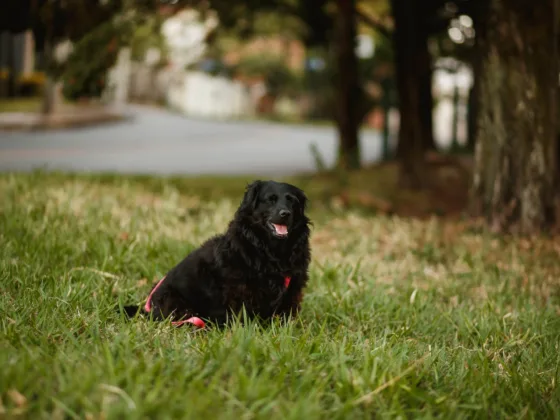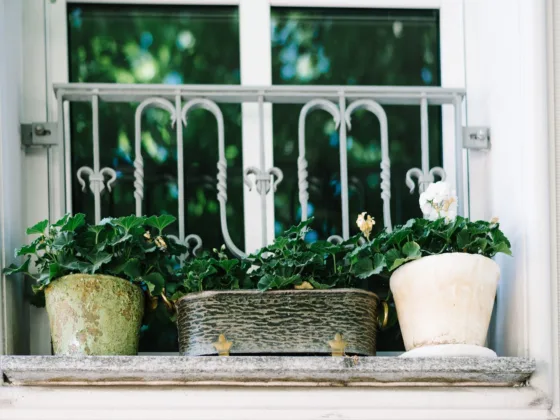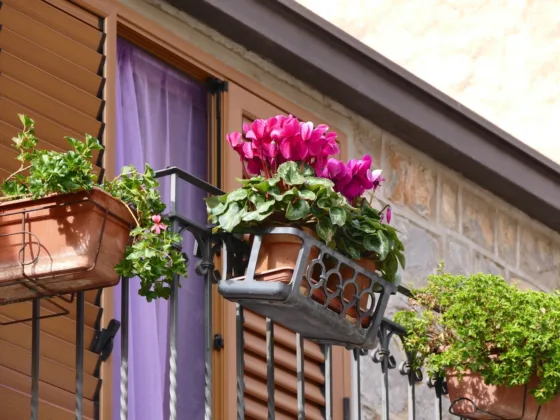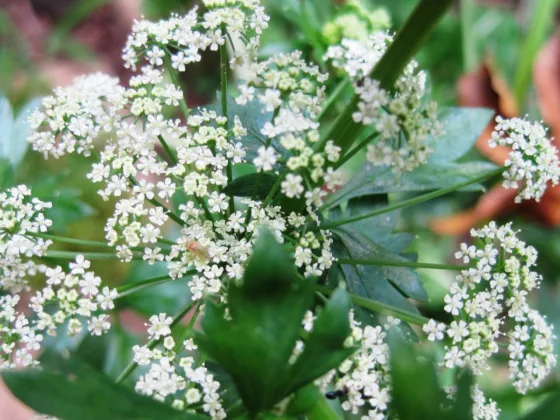It has really been a pleasant experience walking through my fine city this fall and seeing the various gardens, especially those where the owner has made the effort to plant hardy roses.
In some cases, the roses are still in bloom, even after the few cold spells we as gardeners in the northern regions have already experienced.

In other cases, the roses have long since set their last flowers, which were pollinated and allowed to produce magnificent rose hips.
I like to allow my rugosa roses to set hips, as they provide the most abundant and colorful hips that I can use in indoor flower arrangements when guests come for dinner.
The hips of these varieties are also surprisingly tasty and can provide an excellent garnish at a harvest-time dinner gathering.
All this talk of roses brings me to some common questions that northern gardeners and homeowners have regarding getting their roses through our harsh winters.
Let me go over a couple of them that should help you prepare your roses for the colder days ahead.
Are there roses that I don’t have to fuss with to winterize?
I have always recommended that people look at hardy roses for their northern gardens, as they require little or no protection from the winter cold.
There are many varieties and series worthy of consideration. Of note are the Explorer series roses, which were developed at the Central Experimental Farm in Ottawa.
These beauties are easily identified by their names, as they are all named after famous historical explorers of North America.
My personal favorite is John Cabot; it has beautiful red flowers that bloom on stalks up to 7 feet (2m) tall.

Another two important series of hardy roses for northern gardens are the older Prairie series and the more recent Parkland series of roses, both of which were developed at the renowned Agriculture Canada Research Centre in Morden, Manitoba.
Primarily derived from the Arkansas rose (Rosa arkansana), they are slightly more delicate looking but handle the cold weather very well.
Both these and the Explorer series have been bred to send vigorous new flower-bearing shoots from the crowns even if the branches die back to the ground, which is one reason they are so reliable in even the northernmost gardens.
Thirdly, there are the Pavement series of roses, which have been developed in Germany specifically as sub-zero roses.
These are again very easily identified by the word ‘Pavement’ in the common name, such as “Showy Pavement” and “Purple Pavement”.
Do not be confused by the name, however, as they are not groundcover roses but rather are very short and can provide a low profile when needed, especially adjacent to a paved area such as a sidewalk or driveway.
Read Also :
- Getting Tender Plants Through Winter Exploring The Science Behind Winter Protection
- Barking Up the Right Tree: Colorful Bark for the Winter Landscape
- Berried in the Snow: Colorful Fruit in the Winter Landscape
Flower Carpet roses are also a variety of shrub roses recently lauded as hardy, but many experiments with them have found them unreliable in the extremely cold climates of zones 6 and lower.
These groundcover roses will therefore require winter protection.
Finally, there are some very old roses that I have always adored.
They include Austrian Copper, Agnes, F.J. Grootendorst, Hazeldean, and the Redeaf rose (Rosa rubrifolia).
These older varieties are the ones that the original settlers of the Canadian Prairies and the American Plains relied upon as good hardy species to provide flower color in their early gardens.
If I have a ‘non-hardy’ rose, what should I do to protect it?
The problem with most hardy roses is the same limitation gardeners experience with most herbaceous perennials and hardy shrubs; they have a specific bloom period in the summer, and once they’re done, they’re done for the season.

For example, most yellow roses only bloom in the spring. Few are truly “ever-blooming”, although there are some that are “re-blooming”, meaning that they will put on a second and maybe even a third performance later in summer.
With non-hardy or tender varieties like the Flower Carpet series mentioned earlier, as well as for the Hybrid Tea, Grandiflora, Floribunda, Old English, or David Austin roses, or any grafted rose for that matter, it is necessary to protect them over the cold winters of the North.
As a landscape designer in the North, I have always been very disturbed by the labels you’ll find on many tender roses, which indicate that the bud graft (the union between the root and the growing rose) is maintained above ground.
In cold climates such as those we Northscapers experience, this would be a recipe for disaster.
If the bud union is exposed to extreme cold and air, it will desiccate and the plant which was purchased will likely die.
Of course, the root will survive, but it will be whatever rootstock the plant was grafted on and not the radiant beauty you were expecting.
A plea from me to distributors of tender roses; tags should reflect planting conditions for both warm-climate and cold-climate gardeners. And that is my rant for the week…
For this reason, if you are trying to maintain tender roses over the winter, you should be planting them at least 4 to 6 inches below the soil surface.
True – frost does penetrate the soil and there is still a chance that the plants still won’t survive no matter what you do.
Also true – the wild rose that forms at the roots may emerge, but then you just have to be a little more diligent about removing these unwanted canes in the spring when they appear.
By planting the graft below the soil, you are at least giving the tender rose a fighting chance.

I also recommend that you cover these tender beauties with copious leaf mulch and a box or a Styrofoam rose cone.
Having grown up in warmer Southwestern Ontario, the glass jar that my father used to protect the tender roses over the winter just wouldn’t cut it here on the colder prairies.
To fit the rose in the jar, he would cut his roses back. Some other gardeners suggest the same to overwinter roses in colder climates.
I have discussed this issue with many of my horticultural colleagues, and one thought that emerged was that it’s unnecessary to prune back the rose canes in the fall.
If there was sufficient leaf cover and netting instead of Styrofoam cones to keep the leaves in place, that would suffice.
I felt that this made sense, as the open wound of the cut could allow for frost penetration into the stems of the plants and deeper into the roots.
Therefore, there would be more deadwood to prune in spring.
Since then, I have used this method and have enjoyed better results in maintaining my tender roses over the winter.
This was great, as it meant less time to tend to the roses. I only prune them once now in the spring.
Are winterizing roses really worth the effort?
When it comes to overwintering roses, there are some varieties of tender roses that I have always had problems with, no matter what I’ve tried.
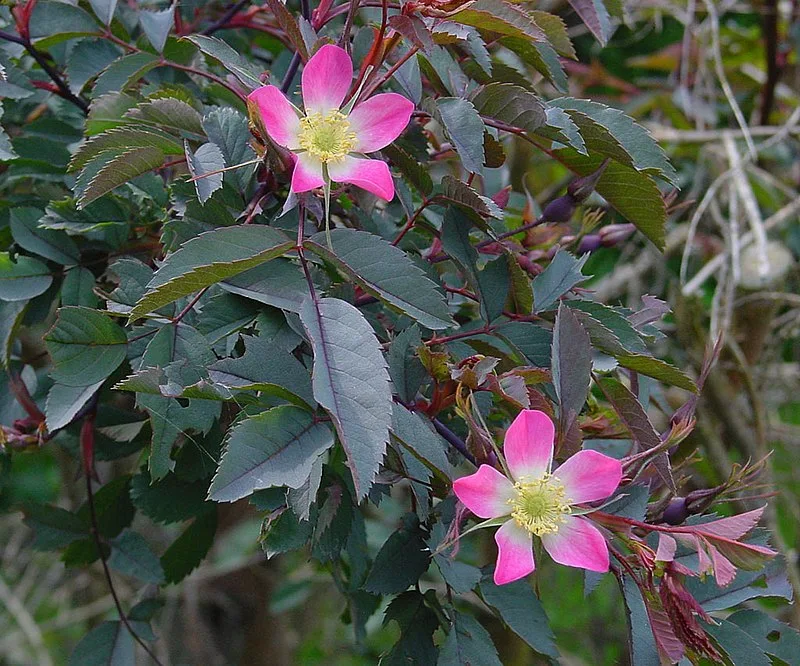
For these, I now just treat them as an expensive annual and replace them each spring. For the northern gardener who has a handful of tender roses, this may be the best way to approach the winterizing process.
Treat them as annuals, and that way you know that the plant you buy each year is strong enough to provide you with the blooms you desire. On the other hand, if you’re cost-conscious or you relish a challenge, then by all means, protect away!
For Northscapers with larger rose gardens, winterizing is very important so that you don’t lose your precious investments.
Also, remember that the hardy varieties may need a treatment of anti-rodent spray to ward off rabbits, especially if the roses are left exposed without snow cover for a long period of time.
Rabbits seem to have homing devices that bear down on roses, especially those with smoother barked stems as is the case with the Parkland and Prairie series roses.
Well, enough talking, now it’s time to go out and do some covering myself.
Let me wish you all a happy winterizing experience in your yards and gardens!


